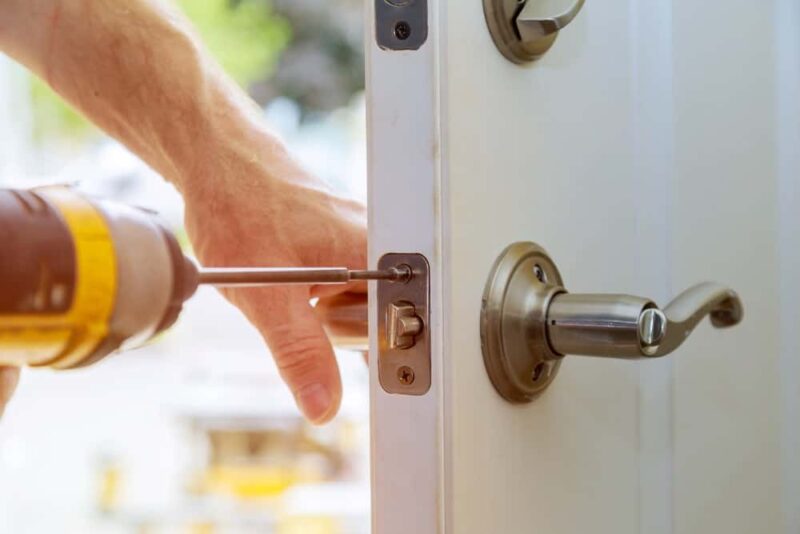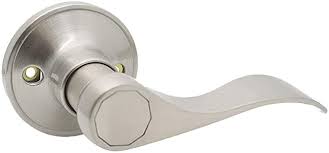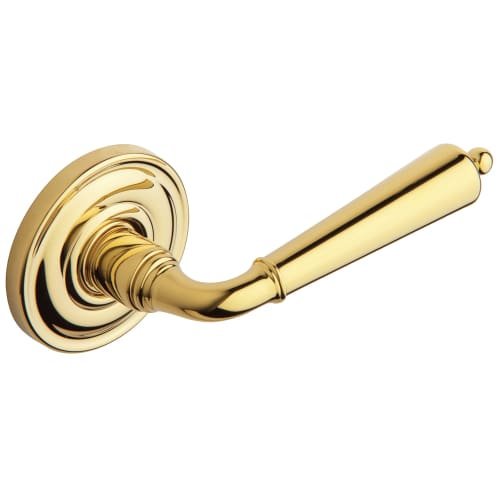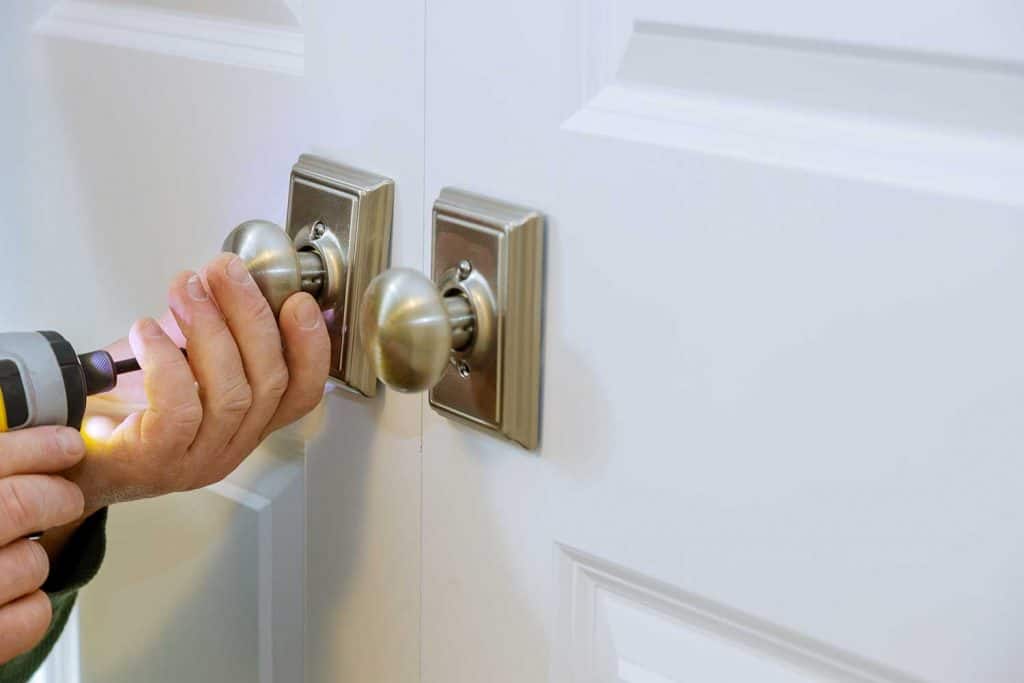
The Complete Guide to Dummy Door Handles
The dummy door handle is not connected to the door latch, you just pull the handle to open the door. These door handles don’t seem necessary. So, you might be wondering if false door handles are critical to the security of your home, and where to use them. Regardless of the type of false door handle you choose, inspect the door for high-security risks. Since dummy door handles do not require locks or keys, personal items are vulnerable to theft. Also, people inside the house or property cannot lock themselves inside. Before choosing a door handle, you need to examine the purpose of each door in your home. Read further to learn more about dummy door handles.
What Is A Dummy Door Handle
Dummy door handles are often used as decorative door handles and are often found on interior French doors, wardrobes, linen cabinets, or pantry doors. They are installed on the door just to give the door a handle to pull it open without turning it – they don’t actually have any internal working parts.
To keep the door closed, you may need a latch like our T37 Roller Latch or a magnet latch like our T Magnet. Some of our door handles may require a dummy kit. Place it behind the door pole so it stops it from turning or moving. Virtual door levers can also be used to make doors look more visually appealing and balanced.
How Does A Dummy Door Handle Work?
Regardless of the type of dummy door handles, you can simply pull the handle to open the door. Again, when closing, all you need is a simple push. When you use a Dummy door handle, there is no locking pin to operate. Magnetic or ball latches keep the door closed when the door is closed with a false door handle. There are also roll lock, flush or surface bolts that can be mounted on door frames or opposing surfaces.
Types Of Dummy Door Handle
The three types of analog door handles are semi-analog doors, full analog doors, or double analog doors. All of these types are non-rotating and do not require a latch to close. For each type of false door handle, there is a suitable installation location. Each type also depends on the function of the door.
Half Dummy Door Handle

Half dummies are also known as single dummy door handles. The paravirtual set only offers one knob handle instead of two. The handle is on the outside of the door, and you only need to pull the door to open it. Tubular roller lock pins mounted on the door frame are sufficient to close the doors. No need to install another knob on the inside of the door.
Typically, most single door and non-latching doors are fitted with semi-false door handles. Common locations for installing semi-false door handles are linen wardrobes, pantry doors, or side-by-side French doors.
Full Dummy Door Handle

Another type is a full dummy door handle. These are complete sets of full-size door handles without latches. Use flush or face bolts instead of roller or ball locks. The bolt mounts to the door surface without the need for mortise or holes.
As with semi-virtual door handles, you can install fully virtual door handles in wardrobe and pantry doors. In addition to this, you can also install knobs on double doors and multifunctional doors.
Double Dummy Door Handle

If you want to have a matching virtual door handle, you can choose a double dummy door handle kit. Unlike Half dummies, double-dummy door handles have two matching handles in a set. You can install two knobs on either side of the door. This type is comparable to an actual car door handle set but has no latches or locks.
In addition to closet or pantry doors, you can install a double dummy door handle for double doors. For example, French doors are double doors that require two false door handles on either side of the door. For double door closets, you can also use a double dummy door handle. Selecting dual virtual knobs can solve matching problems.
Where To Best Place Dummy Door Handle
Virtual door handles are more of a decorative piece than functional door hardware. These Dummy door handles won’t add a sense of security to your home. There are no latches, locks, or keyholes to keep the space closed. To open the door, you don’t need to turn the handle. Also, installing these door handles is much easier than locking them.
If you want to spice up a boring interior door, your best bet is to get a dummy door handle.
How to install a Dummy Door Handle
The process for installing a Dummy door handle is simple (the process is the same as the Dummy door handles):
- Determine where the handle is on the door
- Use a marker or similar tool to mark the location of the mounting screws on the handle
- Pre-drill holes with the right sized drill bit – make sure the holes are shorter than the screws used to attach the handle to the door
- Attach the handle to the door – NOTE: All our handles come pre-installed with screws
Difference Between Dummy And Passage Door Knobs?
The access door handle has a movable latch. This latch keeps the door closed, rather than the ball latches or face bolts used for Dummy door handles.
Access door handles can be turned freely, while analog door handles cannot. The access door requires a few turns to open the door, while the false door handle only requires a simple push.
Another difference is the type of door on which the access knob is installed. Access door handles can be installed as long as the door is operable. For fixed and non-working doors, use Dummy door handles instead.
In Closing
The number one goal of installing door handles is to keep your home safe. This is why you need to plan where to install fake door handles in your home. For fixed and non-working interior doors, you can choose a virtual door handle. You just need a simple push and pull to operate the door. Unlike access doors, it does not have a latch for the closing process. Whenever possible, choose a door handle that matches the function of the door.


Average Rating